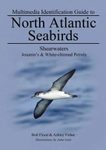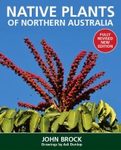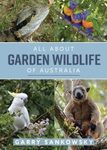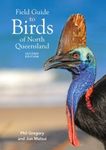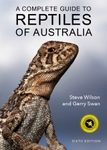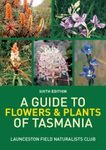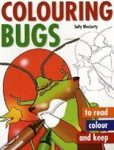Customer Reviews:
Pelagic Birds of the North Atlantic: an Identification Guide
by S Petrek in the United Kingdom (03/09/2012)
This book looked interesting when I first saw it advertised but is actually quite disappointing. All pictures are black and white line drawings and give a poor representation of the species and certainly won't be helping me identify what I see on a sea watch. The drawings focus solely on plumage features so the birds would have to be very close to see. This book could have been so much better.
Other reviews:
"Having recently been absorbed in the excellent Petrels, Albatrosses and Storm-Petrels of North America by Steve Howell (2012) , I was mindful of his advice on how to see tubenoses. The number of species you might expect on a pelagic day trip may be in the order of only 12–20 (with perhaps only 4–10 tubenoses) and the possibilities can therefore be reviewed easily beforehand. This seems like sound advice; field guides or handbooks inevitably suffer from sea spray and you probably won’t have time to thumb through them anyway. But maybe a small waterproof guide covering relatively few species would be worth taking to sea, if only as an aide-mémoire. That is the thinking behind this small (approximately A5-sized) publication.
The guide covers the North Atlantic, from the Caribbean and Cape Verde Islands up to the Arctic, and includes 56 species. The selection of species sensibly includes all the tubenoses, tropicbirds, gannets and boobies, auks and skuas you could reasonably expect to see, plus a selection of the more pelagic gulls and terns. Each species has a selection of half-tone drawings, which vary from just two (Swinhoe’s storm-petrel Oceanodroma monorhis) to eleven for each of the smaller skuas. I would, however, question the need for nine illustrations of magnificent frigatebird Fregata magnificens when it is the only frigatebird covered. Identification as a frigatebird species would be straightforward for any pelagic birder but in the eastern Atlantic, where it is rare, a rare vagrant or a different species would be worth trying to rule out. For some of the illustrations the printing has resulted in some pale to mid-grey tones looking far too washed-out. Kittiwake Rissa tridactyla and common tern Sterna hirundo suffer badly in this respect with the adults of the latter looking more like roseate terns S. dougallii. Printing problems aside, the illustrations are not of the standard we now expect from a modern field guide. The shapes of many seabird species impart a distinctive jizz which is rarely conveyed in these rather diagrammatic drawings.
The drawings are annotated with a series of bullet points giving key identification features. These captions are distinctly sparse. I compared them with those in the North American Bird Guide (Sibley 2000), which is known for its relatively economical use of annotations. For Wilson’s storm-petrel Oceanites oceanicus, to take a random example, Sibley gives eleven pointers whereas Paterson gives six. The latter makes no mention of tail shape, the extensive white undertail-coverts or the size of the rump patch, and does not describe the flight. In fact, few of the captions say anything about flight, potentially so useful in seabird identification. Only phalaropes and auks are shown on the water, when in calm conditions many of the species covered might be encountered sitting on the sea.
No range or status information is given, which the author points out is available elsewhere. This is true, but if you are going to have to gen up on likely species for your trip then you might as well do so for their identification as well, which brings us full circle. In any case, you really couldn’t use this guide to identify many of the more subtle species covered, such as the Zino’s/Fea’s Petrels Pterodroma madeira/feae, skuas and the smaller shearwaters; the drawings and limited text simply do not give you enough information on what to look for. It might jog your memory for some of the more obvious birds, but for most pelagic birders I don’t think that will be a good enough reason to take this guide to sea. The idea for the book is a good one but unfortunately the execution is rather disappointing."
– John P. Martin, www.britishbirds.co.uk, 15-10-2012























